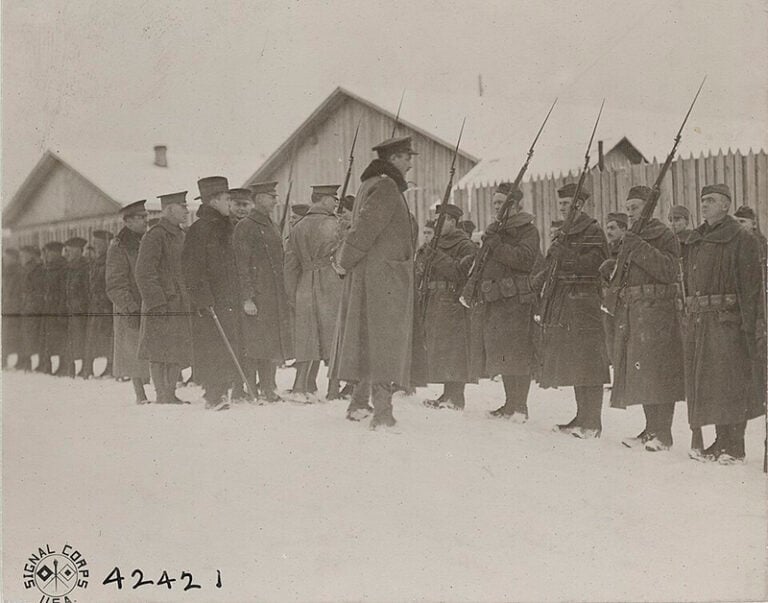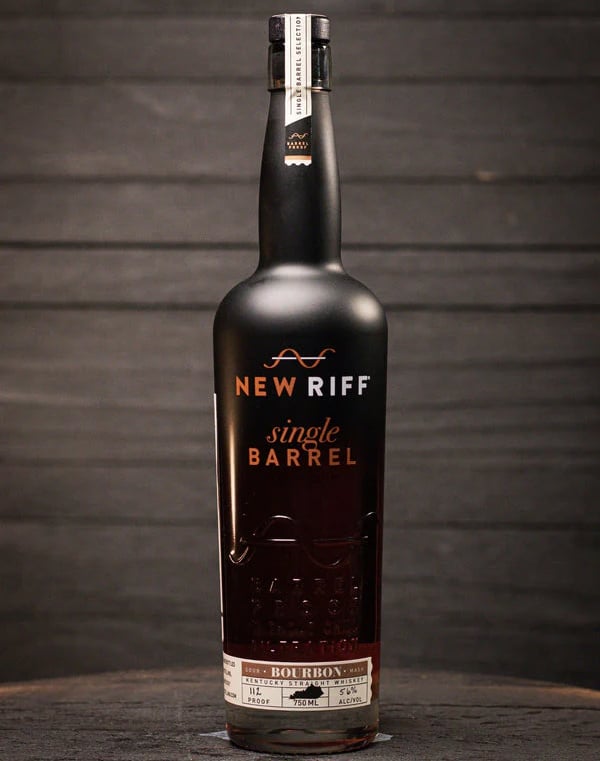When was the last time you bought a whole chicken? Have you fixed a roast lately, even thought about filleting a whole fish or frying one up for dinner?
It seems we take our food like we take our information; in small bites, and it’s a shame that it’s come to this. I certainly understand the need for efficiency. Being a chef in one part of my life and teaching future chefs in the other makes me embrace the most efficient methods of time management so my time can expand in many different directions.
But in certain cases it is the very act of buying, fabricating and utilizing all parts that in the long run may be the most efficient and cost effective act of all.
Think about how the whole chicken became, over time, chicken parts. One reason was demand, people were content at first to eat the whole chickens and then decided as a mass market that they preferred the breast meat over all. Enter the pre-packaged breast, no muss no fuss ready to cook. Not satisfied with that? Let us pre wrap the chicken with bacon or better yet pre-roast the chicken so all you have to do is re-heat.
Make no mistake about it these were all great advances and they do save people time and effort in their busy lifestyles. I do own a restaurant after all, and it’s a short step from meals ready to eat to take-out at The Sage Rabbit. Likewise my Sullivan University students are as diverse as my clientele and their interests may include prep and production over line work, so these numerous consumer options may afford them considerable opportunities outside of the traditional role of the kitchen chef.
What is left behind though is the remnants of a skill set and an entire industry that seems no longer relevant. The simple act of not cutting up a chicken into frying parts, or using the parts in different ways over a period of time not only robs us of the skill itself, but the versatility of all the parts, the bones for stock, and the opportunities for multiple meals without running to the store.
There are also economics involved when we opt to buy the animal one part at a time. Pricing a package of chicken breast versus a whole chicken will open your eyes. Even better, price each part of the chicken and then add it up. As it always is the whole is cheaper than the parts, and labor is the reason. We still need butchers to break down our product, so why not do that at home?
Well, because most of us don’t have the time, the proper equipment or the skill to do it effectively. For that answer I have a rebuttal; if you could fix your car whenever it broke down without having to pay huge sums of money to a garage, would you learn to do it? The fact is that having pieces over the whole saves us time. Is time the most important thing to you right now? If it is then buy the precut and enjoy. If there are other factors to consider then let’s examine the alternatives.
On a small scale, your first foray into the world of fabrication can begin with breaking down a chicken at home. If you are comfortable with a knife this skill is easily attained, it is something that a first quarter student at Sullivan does in their second week of class. Granted they don’t do it very well and to become proficient and relatively fast you will need to practice.
The good thing about this entire exercise is the fact that most butchery is like a puzzle that never changes. Muscles don’t move, bone structure stays in place. Once you figure out the puzzle your comfort level should rise. Bigger cuts of beef or pork, whole fish and other poultry will require sharp knives and more practice but the end result will be the same; quicker work, more versatility in your buying, more opportunity in what you end up cooking.
After all this is why you buy whole chickens, primal cuts of beef pork and lamb, and why joining together with another like-minded individual or family and buying a whole lamb or pig makes sense. Cost savings alone will make this choice sensible. The different types of dishes created from one primal cut can fill a month’s worth of dinners. The next step will be sourcing these cuts because your local grocery store isn’t going to have much, remember that is the place to get pre-cuts.
There is a method to my madness, and if you’re still following along, you’ll see that I’ve brought you back to local sources once again. If you are serious about this type of buying the place to go is a farmer’s market.
Talk with your local farmers, first for specific cuts then for whole animals. Price and availability will vary from season to season, but once you establish that you’re serious most farmers will embrace that and you may find three to four good sources for the product.
There will be sticker shock, but bear in mind how many meals you can get out of the cut versus buying a single serving at a supermarket. Factor in that you can fix multiple meals using different ingredients with just one chicken or one cut.
I know it seems daunting, time consuming and even initially costly. Once it becomes a habit thought instead of an impulse you’ll find out how it can help you in ways other than just a meal.
John Foster is an executive chef who heads the culinary program at Sullivan University’s Lexington campus. A New York native, Foster has been active in the Lexington culinary scene and a promoter of local and seasonal foods for more than 20 years. The French Culinary Institute-trained chef has been the executive chef of his former restaurant, Harvest, and now his Chevy Chase eatery, The Sage Rabbit, in Lexington.




















